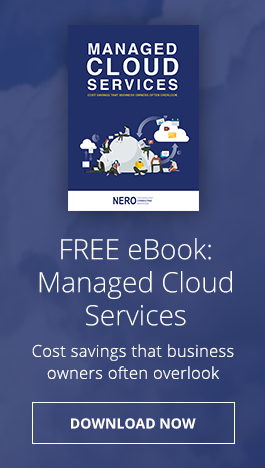Software developers make a profit by selling us the best product they can create. When selling pieces of their software in bulk they offer licensing packages to businesses so you don’t have to buy 100 copies of the same CD. Simple enough, right? Well, now that an increasing amount of services and tools are moving […]
App virtualization explained
For someone with limited IT experience like a small business owner, they could find themselves overwhelmed by their company’s IT demands. Fortunately, virtualization services are giving small business owners a fighting chance. However, the term virtualization can refer to a number of different strategies. For instance, vendors recommend that you purchase app virtualization services because […]
The link between Virtualization and DR
Many business owners think that Virtualization and Disaster Recovery are two separate services. And while that’s true in most respects, they actually have more in common than you think. Particularly in how Virtualization can serve as a legitimate Disaster Recovery solution. Here are the details of how it does just that, and some pointers to […]
The security risks of virtualization
While virtualization security is not often talked about, it is nevertheless important. Like all technology, securing your virtualized infrastructure is vital to the success of your business. So what are some of the security risks posed by virtualization? And how can you mitigate them? Here are some answers you should consider. Security risks of virtualization […]
Why you should consider virtualization
Before you start purchasing any new hardware, consider virtualizing your IT infrastructure. Virtualization means to abstract the software from the hardware. Basically, as processors have increased in power and memory capacity, one physical server can now act as five virtual servers. Unlike before, where every time you have a new application you have to provide […]
How virtualization helps cut costs
With the gradual integration of virtualization, many small and medium-sized businesses have seen many benefits that extend beyond their bottom line. Not only does it aid with cost efficiency but also with disaster recovery and several other areas of operations. Here are a few other reasons why thousands of SMBs are virtualizing their business model. […]

